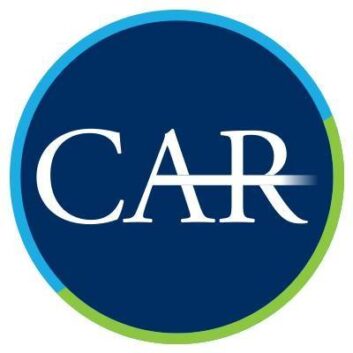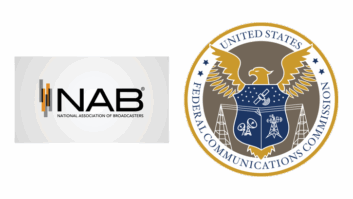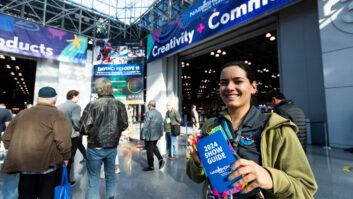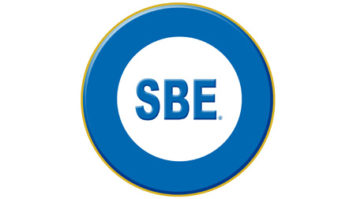
The National Association of Broadcasters says the auto industry is overstating the cost of keeping AM radio in electric vehicles.
The broadcast group believes the Alliance for Automotive Innovation, which paid for the 21-page report from the Center for Automotive Research, “misrepresents, distorts and spins” the facts about interference mitigation found in the report.
The auto industry puts the cost to carmakers at $3.8 billion over seven years. NAB replies: “AAI wrongly attributes the entirety of this $3.8 billion cost to keeping AM radio in EVs.”
The CAR estimate, it says, is based on “$70 unit costs” for shielding, filtering and designing new physical placement of components. NAB says the auto industry ignores that the cost burden is shared by a number of electronic modules that have EMI mitigation needs, not just AM radio.
“CAR’s SME discussions revealed that the material cost of addressing AM band interference in EVs is relatively low because mitigation measures are often necessary and implemented to support other electronic systems susceptible to EMI,” NAB said.
The report also considered costs related to vehicle safety, durability, thermal conduction and functional purposes of chassis, body, infotainment and the associated power distribution needs in electric vehicles.
The NAB compared the CAR findings to those of the nonpartisan Congressional Budget Office, which estimated that the proposed AM Radio for Every Vehicle Act would cost carmakers only “several millions of dollars each year the requirement is in effect.”
In a blog post, NAB also rejected the auto industry’s claims that mitigation would add critical weight, reducing battery range.
“The report found from interviews with automakers and experts that a ferrite core filter used to reduce interference to AM radio signals weighs about 2.2 pounds. This is just 0.2% of the weight of an EV battery, which weighs on average 1,000 pounds or more depending on the vehicle model. And for a Tesla Model Y, weighing in at over 4,000 pounds, that’s a whopping 0.06% of the vehicle’s total weight,” NAB said.
In addition, NAB said, the CAR report found that future vehicle models would not have the material and test costs for AM radio mitigation that current production EVs would face. “Most of the costs … would be temporary. This is because the redesign of future vehicles would be optimized for electromagnetic compatibility and AM radios will not face the same level of EMI as the first-generation EVs.”
The association said that, in fact, many automakers have figured out a way to include AM in their electric models. “Of the 20 EV automakers listed in the report, 12 include or plan to include AM in their EVs.”
There is momentum in Congress for the AM Radio for Every Vehicle Act, according to NAB. The bill would require automakers to maintain AM broadcast radio in new vehicles to ensure public safety.







